
The last few years have brought vastly increased attention to issues of diversity, equity, and inclusion in the media and within countless companies and nonprofits. This is particularly true in higher education and healthcare institutions (eds and meds)—the largest and most influential nonprofits. Though such attention should have included increasing the diversity of governing boards, which have ultimate responsibility for decisions that impact a diverse population of stakeholders, many boards have not examined their own diversity deficits and taken steps to remedy them. And if these eds and meds boards think no one knows or cares about their makeup, they will have little or no incentive to change.
The organization I chair—Women’s Nonprofit Leadership Initiative—believes that stakeholders like us (whether we are donors, staff members, students, alumni/ae, patients and their families, or members of surrounding communities) ought to care about diversifying the demographic makeup of these boards and ought to exercise our influence to propel change. Just as investors—particularly institutional investors—have demonstrated their concern about for-profit boards that lack diversity and have found ways to hold those organizations accountable, stakeholders in the nonprofit sector need to do likewise. There is, however, a major obstacle to doing this. If you are interested in learning whether your alma mater or health care system has a diverse board, you are likely to find it is hard to get the data.
As someone who has been involved in researching both nonprofit and for-profit board diversity since 2005, I know how difficult it is to secure reliable data. In a 2020 Women Change Worlds blog post, I wrote about Increasing Gender Diversity on the Boards of Nonprofit Eds and Meds: Why and How to Do It, a national report I co-authored and WNLI co-published. In 2019 WNLI partnered with La Salle University’s Nonprofit Center in publishing a report on the Philadelphia area’s largest eds and meds that showed the underrepresentation of women, particularly women of color, on these boards. In early November 2022, our two organizations published a new report, Closing the Gaps: Gender and Race in Nonprofit Boardrooms. The report found that some progress has been made, but that gender and racial gaps still exist in too many boardrooms, and board chairs are still predominantly white males.
But one of our major findings was not about diversity itself. It was about how hard it is to get accurate data about the composition of these boards. Though some institutions have photos and biographical information on their websites, many list only the names of trustees. A few provide no information at all. None of those in our study provide data on overall board demographics. When we sent a request to the 46 eds and meds to provide us with data on how board members in the aggregate self-identify by gender and race/ethnicity, only seven immediately sent us their data. A second request to confirm/verify or correct data we had gathered from public sources produced some response, but it took follow-up calls and great persistence to ultimately reach a 72 percent response rate. There were 13 eds and meds from which we were unable to get responses. So good luck to the individual who wants such information about a particular college/university or hospital.
Institutions of all types have increasingly faced pressure to be more transparent in general. Last August, the U.S. Securities and Exchange Commission approved a requirement that for-profit companies listed on the Nasdaq stock exchange disclose board diversity statistics annually using a board diversity matrix. Nonprofits could and should do the same.
At an inspiring December 2022 program featuring Wellesley President Paula Johnson interviewing former Australian Prime Minister Julia Gillard (both passionate proponents of women’s leadership), Johnson emphasized that making change happen requires data. As she said, “You don’t change what you don’t know.”
WNLI is continuing to explore ways to require nonprofits to disclose their demographic makeup, as they are required to disclose a great deal of information about their finances and operations to the public. All of us need to be able to learn about the demographic makeup of nonprofit as well as for-profit boards so that we can use our influence individually and as groups of stakeholders to propel change.
Vicki W. Kramer, Ph.D., Wellesley ’61, is chair of Women’s Nonprofit Leadership Initiative, which was founded by classmate Happy Fernandez. Dotty Hindels Brown, Wellesley ’67, is an active member. Kramer is lead author of Critical Mass on Corporate Boards: Why Three or More Women Enhance Governance, published by WCW, and has co-authored numerous articles in such publications as Trusteeship Magazine, The Chronicle of Philanthropy, and the Harvard Business Review, and a chapter in More Women on Boards: An International Perspective.


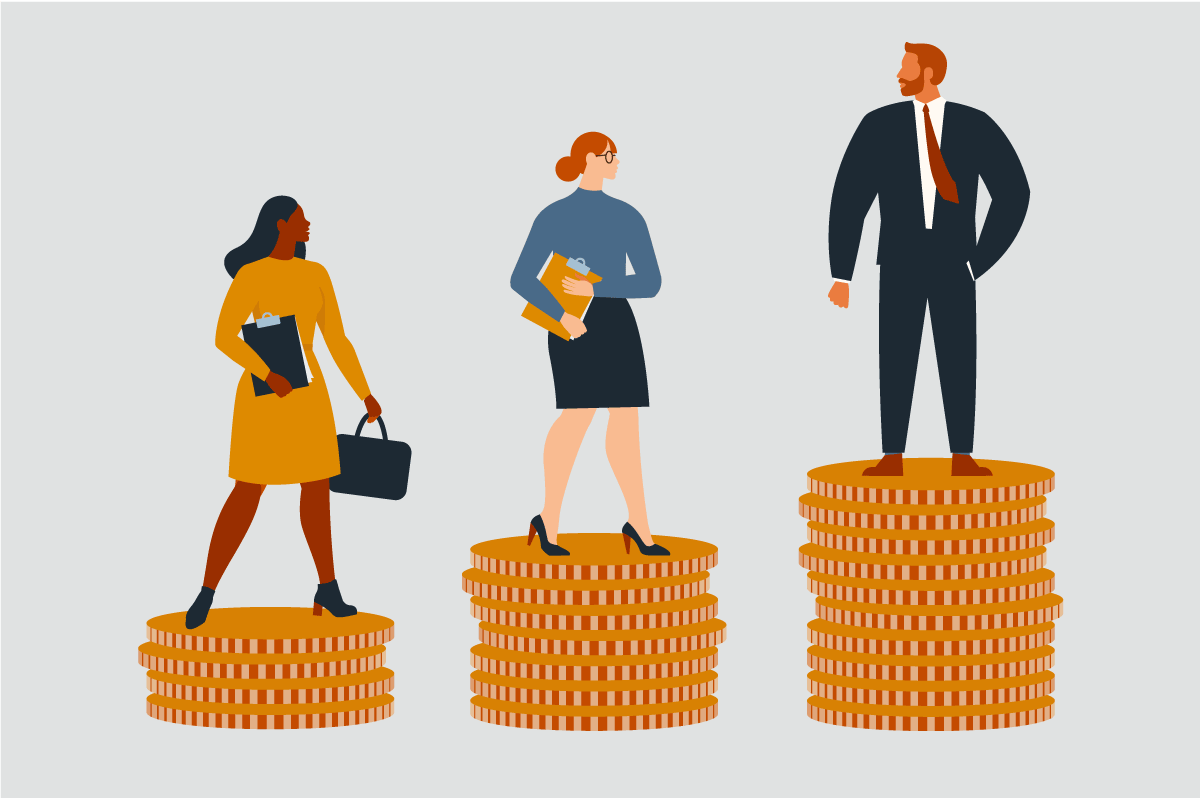 As a new mother, you hold your baby in your arms, wishing for the best of the best for her. You may also be facing difficult career questions upon her arrival: When should you start working again? Should you be a stay-at-home-mom? Should you get a new job with a more flexible schedule? Will you be able to get promoted when you’re back at work? If you have a daughter, will she face the same choices in the future?
As a new mother, you hold your baby in your arms, wishing for the best of the best for her. You may also be facing difficult career questions upon her arrival: When should you start working again? Should you be a stay-at-home-mom? Should you get a new job with a more flexible schedule? Will you be able to get promoted when you’re back at work? If you have a daughter, will she face the same choices in the future?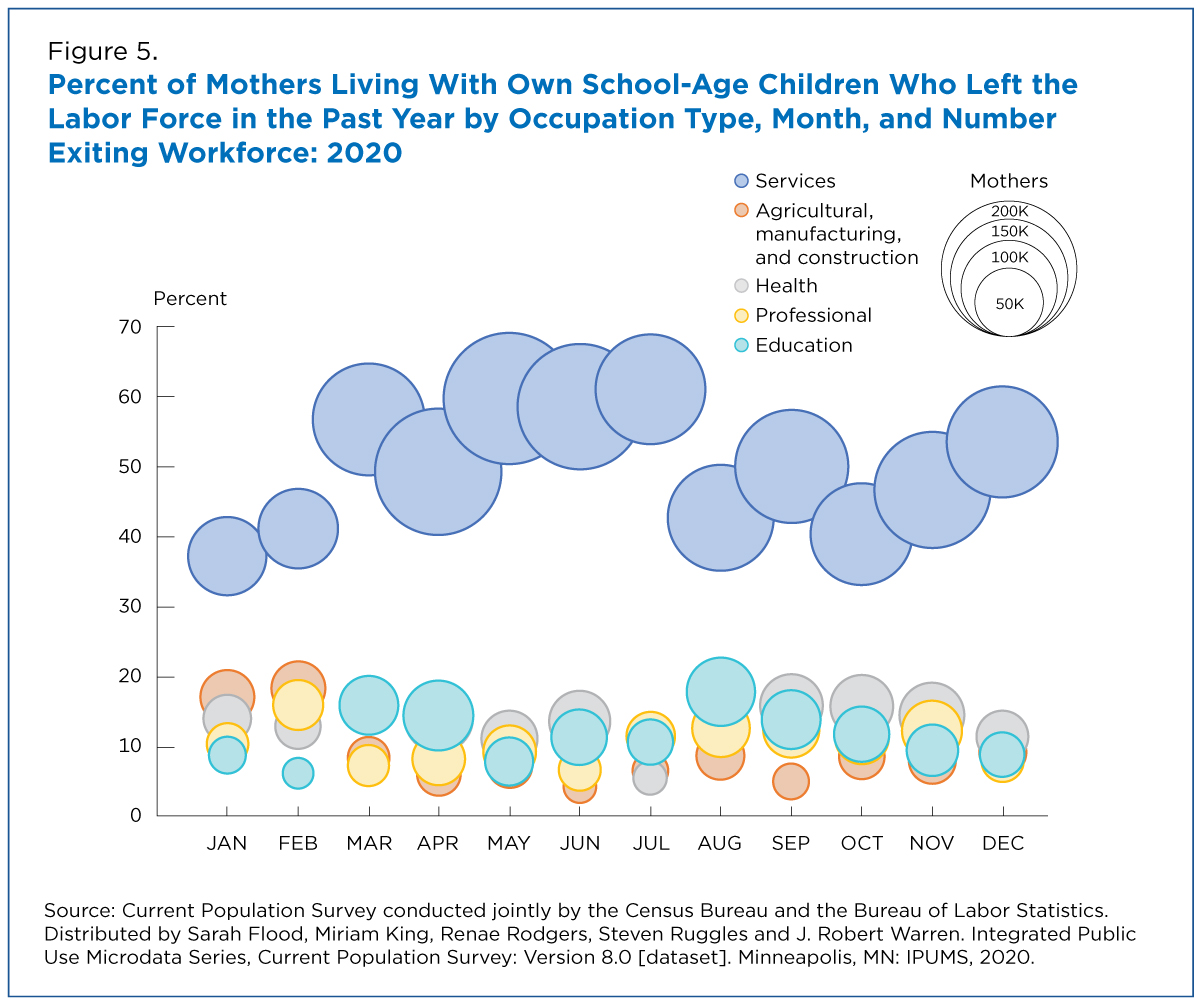
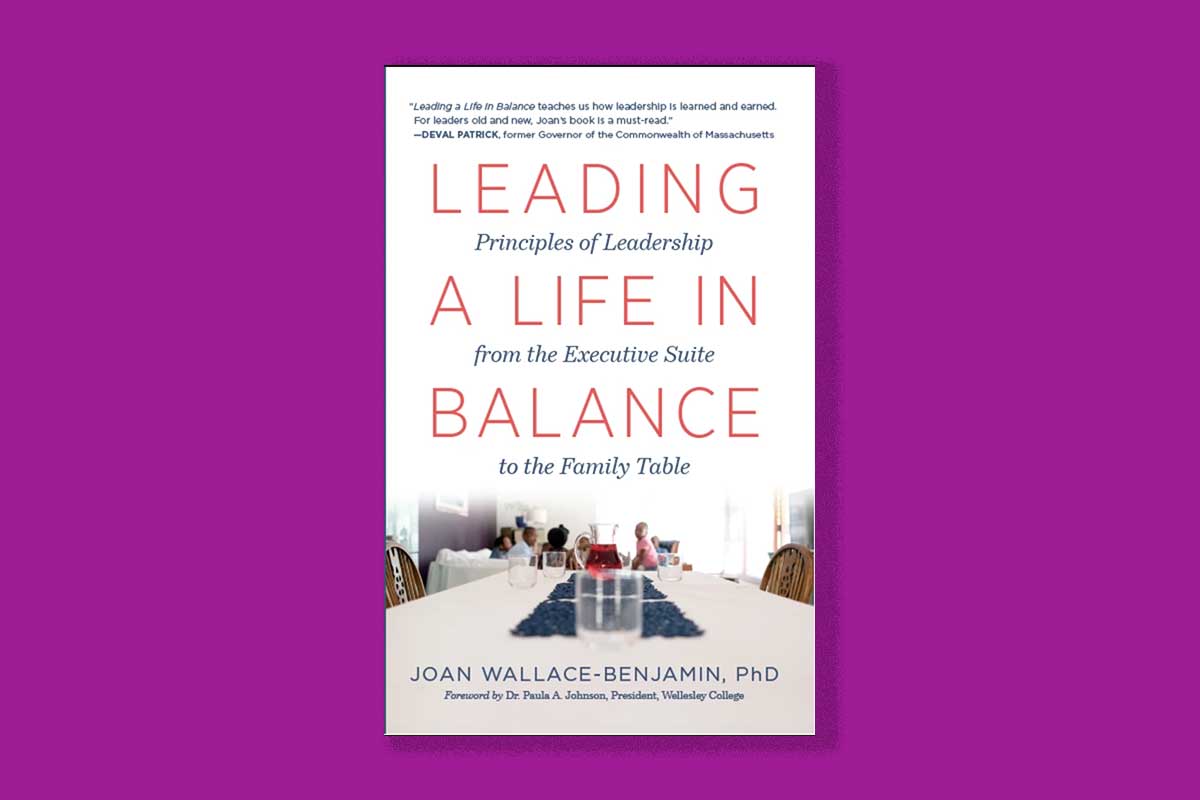 In my recently released book,
In my recently released book, 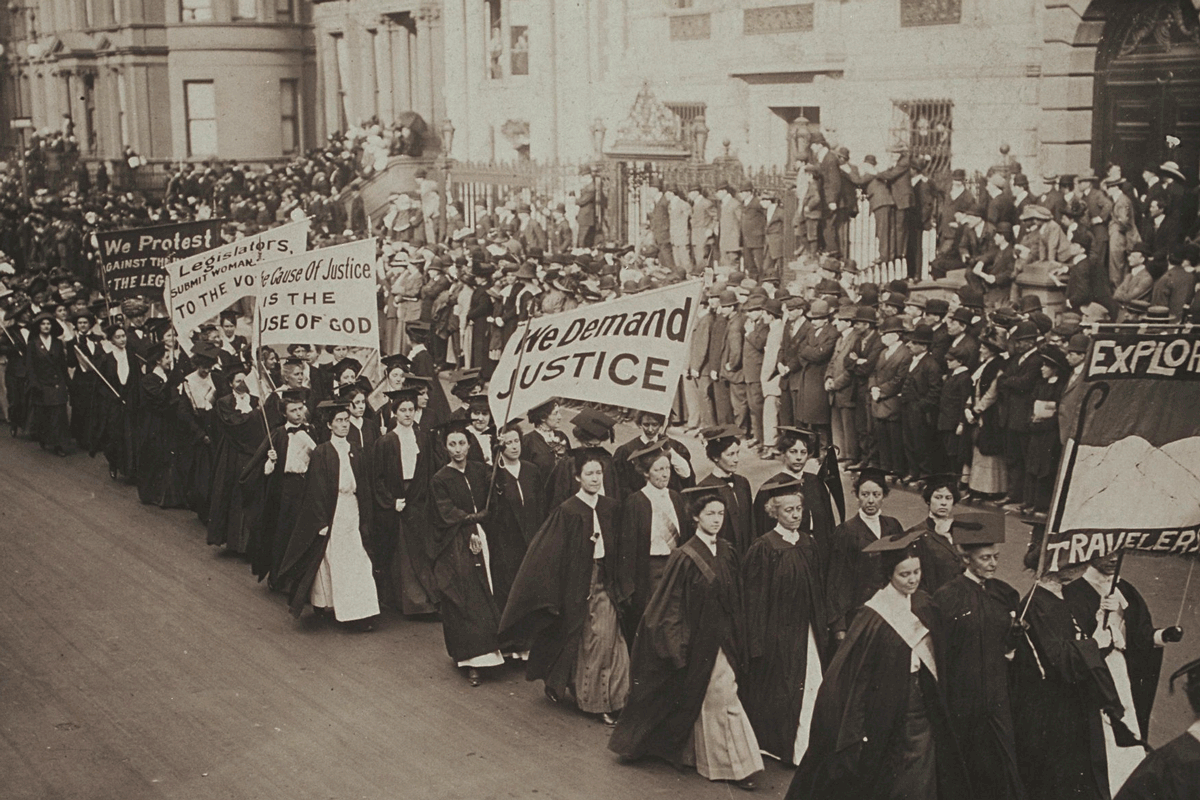
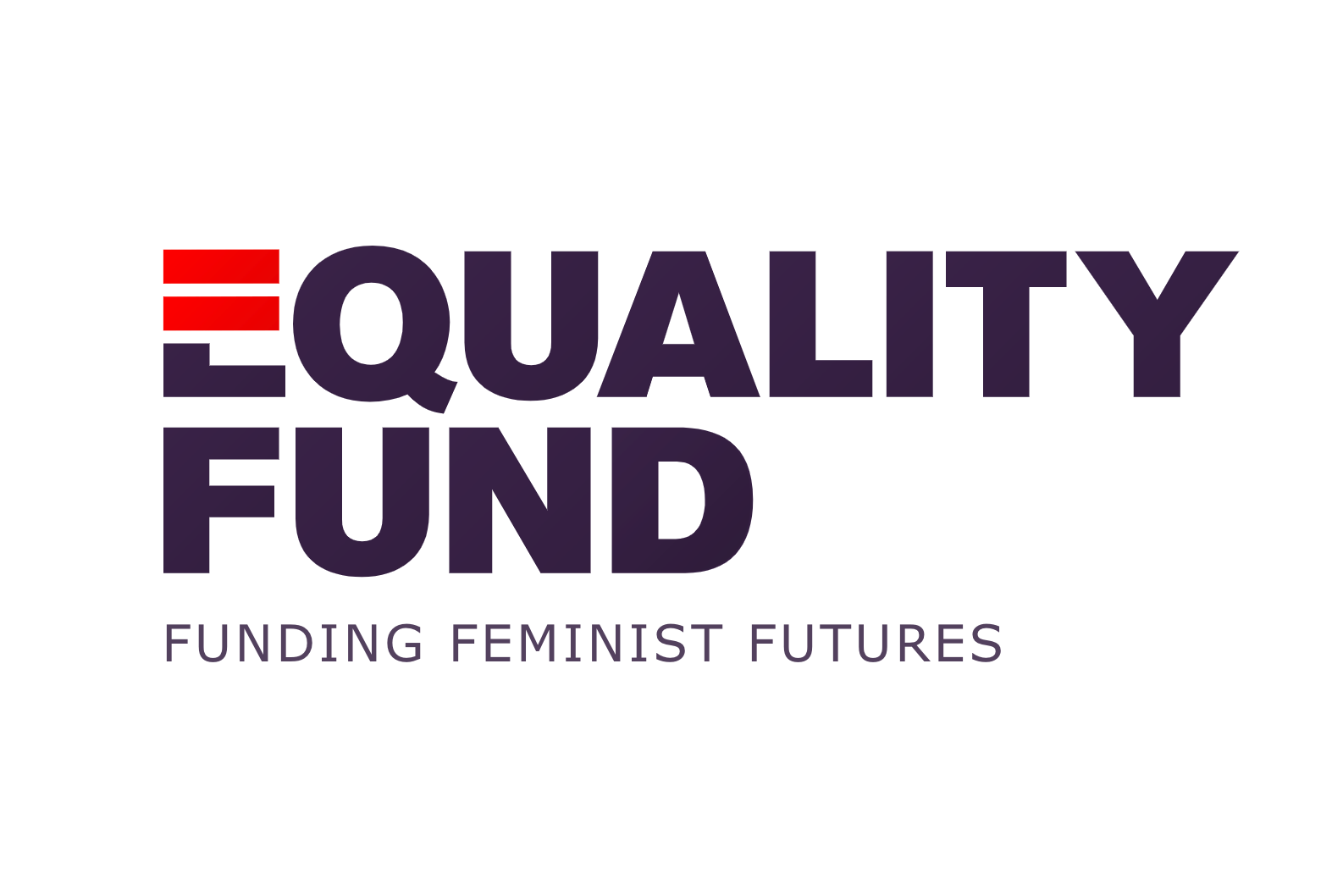 This week, Canada launched the
This week, Canada launched the 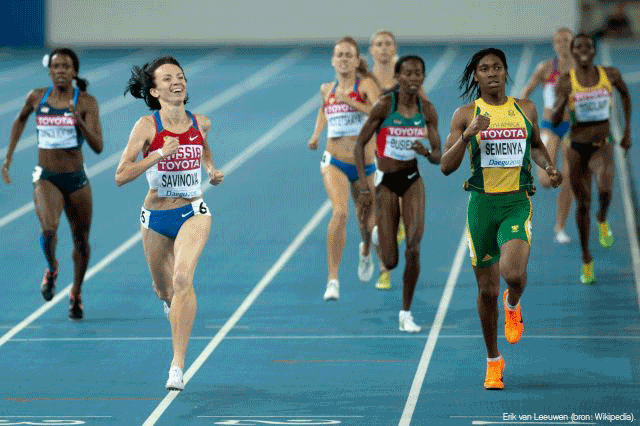 We don’t live in an “either/or” world. Most non-sport institutions get this. It’s why Starbucks has unisex bathrooms, why there are forms to change your gender on government documents, why there is even a concept of “preferred pronouns.”
We don’t live in an “either/or” world. Most non-sport institutions get this. It’s why Starbucks has unisex bathrooms, why there are forms to change your gender on government documents, why there is even a concept of “preferred pronouns.”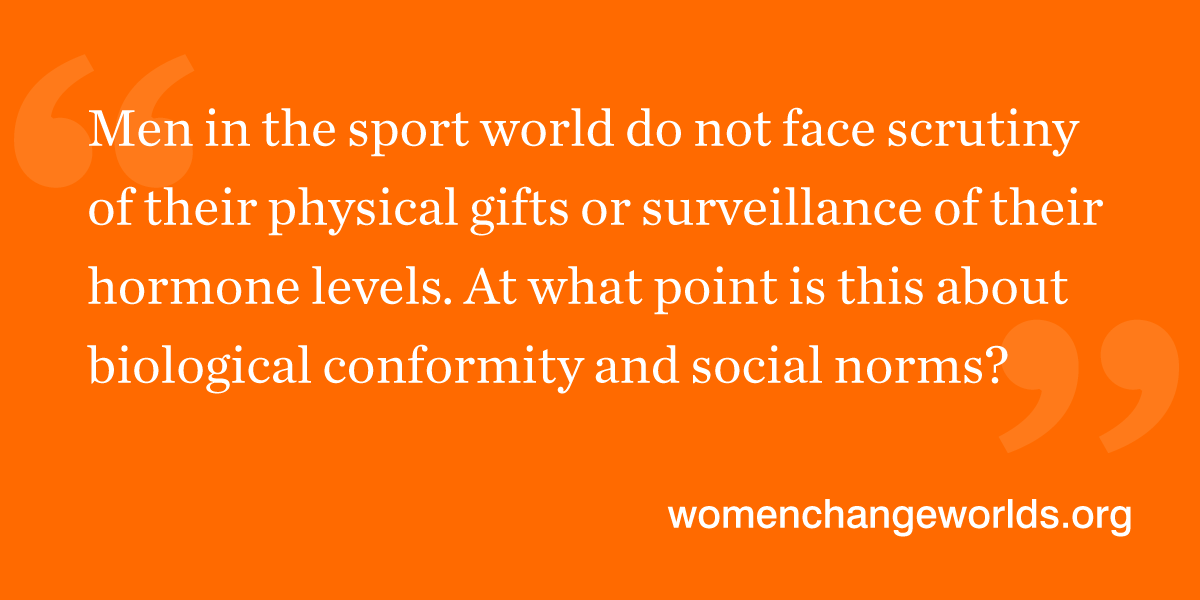 Indian sprinter
Indian sprinter 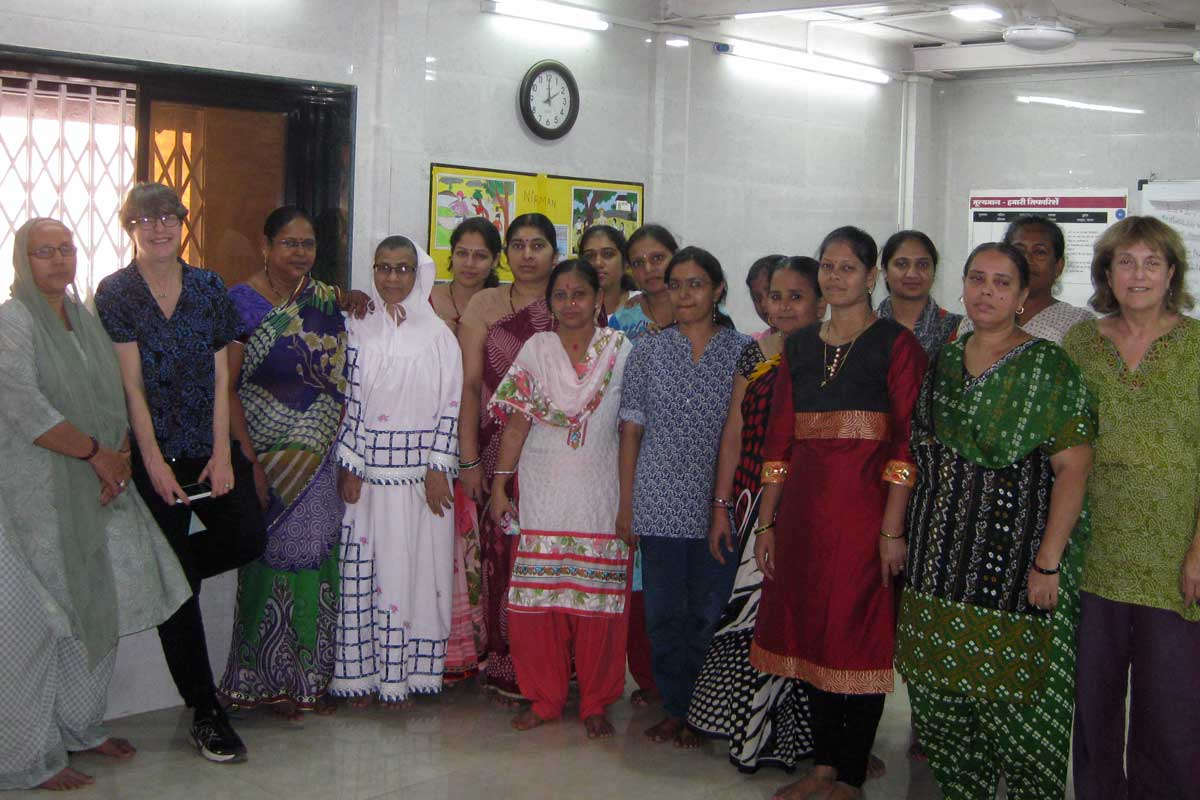 I have been a fan of
I have been a fan of 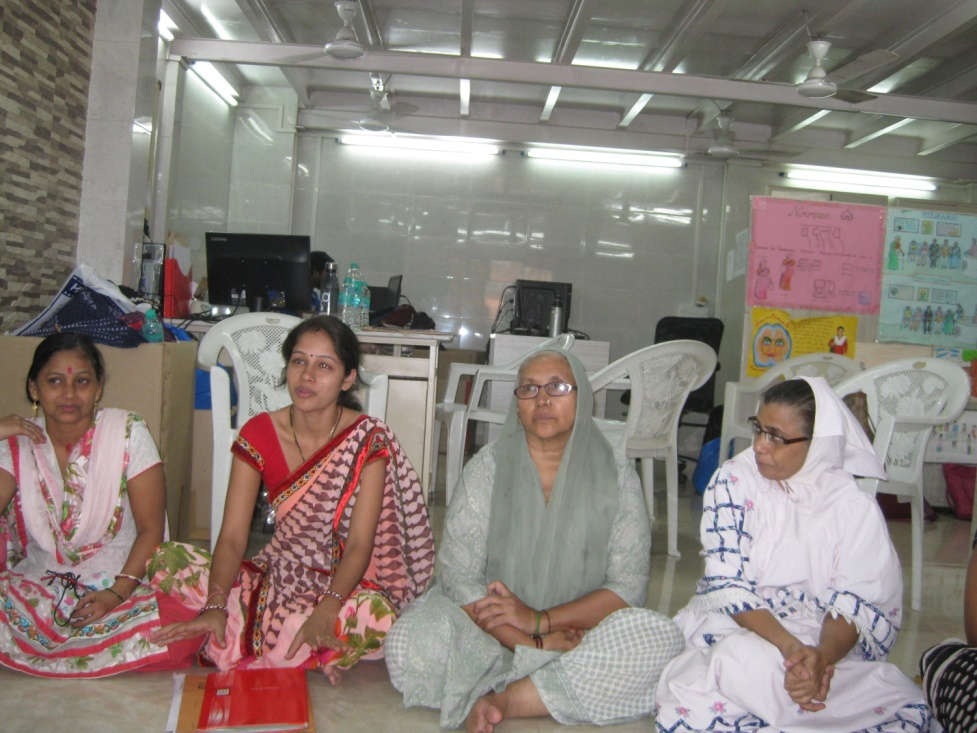 With our cell phones actively participating in locating the office, along with the skills of our car service driver, we arrived after lunch on November 14, 2017. About 12 women artisans were gathered together along with some staff -- they greeted us with a special handmade mandala on the floor, and after a candle lighting ceremony, they sang us a song that they had written.
With our cell phones actively participating in locating the office, along with the skills of our car service driver, we arrived after lunch on November 14, 2017. About 12 women artisans were gathered together along with some staff -- they greeted us with a special handmade mandala on the floor, and after a candle lighting ceremony, they sang us a song that they had written.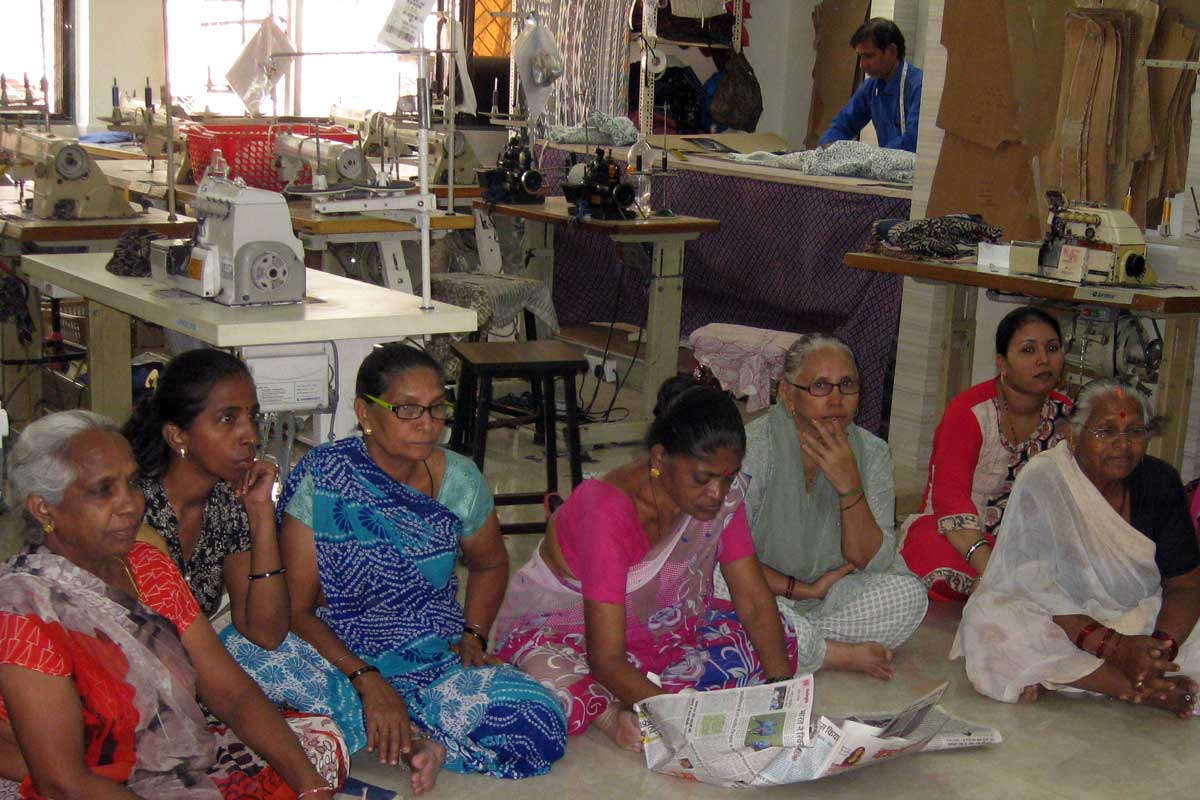
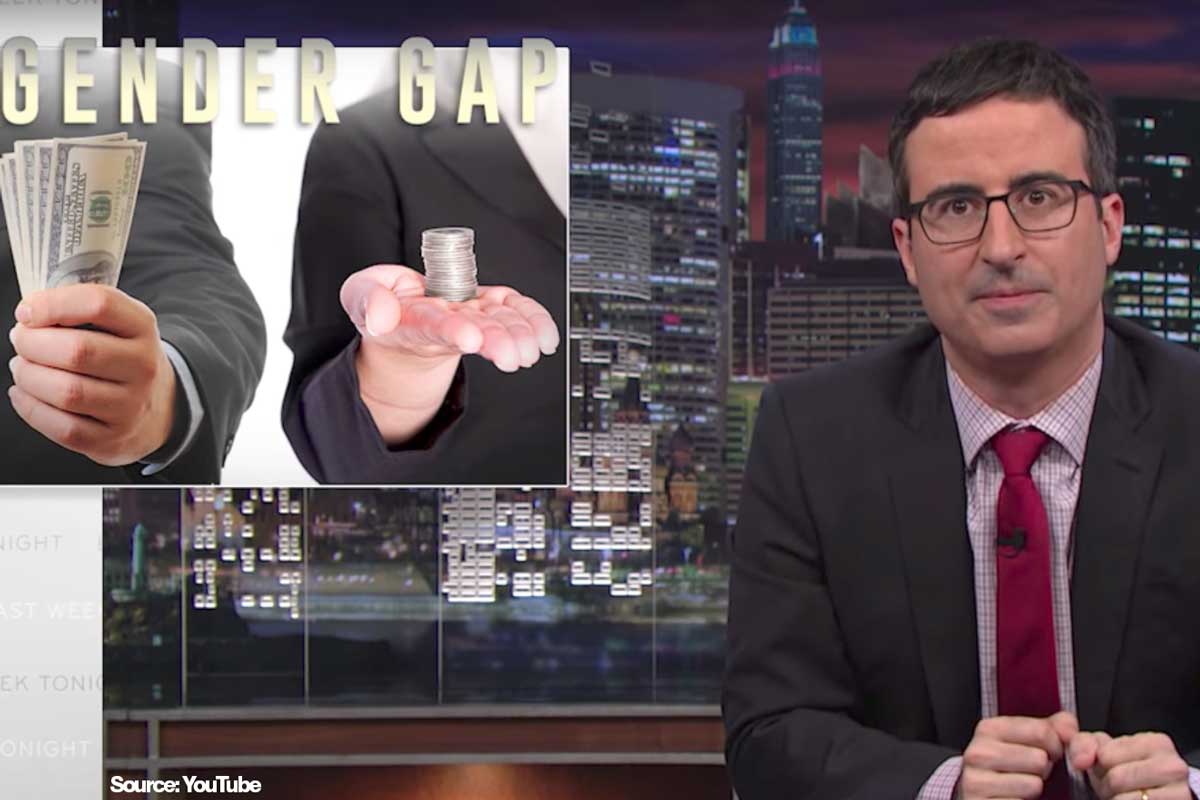 We all have heard it, women earn about 20 percent less than men. But when, how, and why does the gap emerge? Everyone has an opinion on it, and these opinions range widely – which leads to many
We all have heard it, women earn about 20 percent less than men. But when, how, and why does the gap emerge? Everyone has an opinion on it, and these opinions range widely – which leads to many 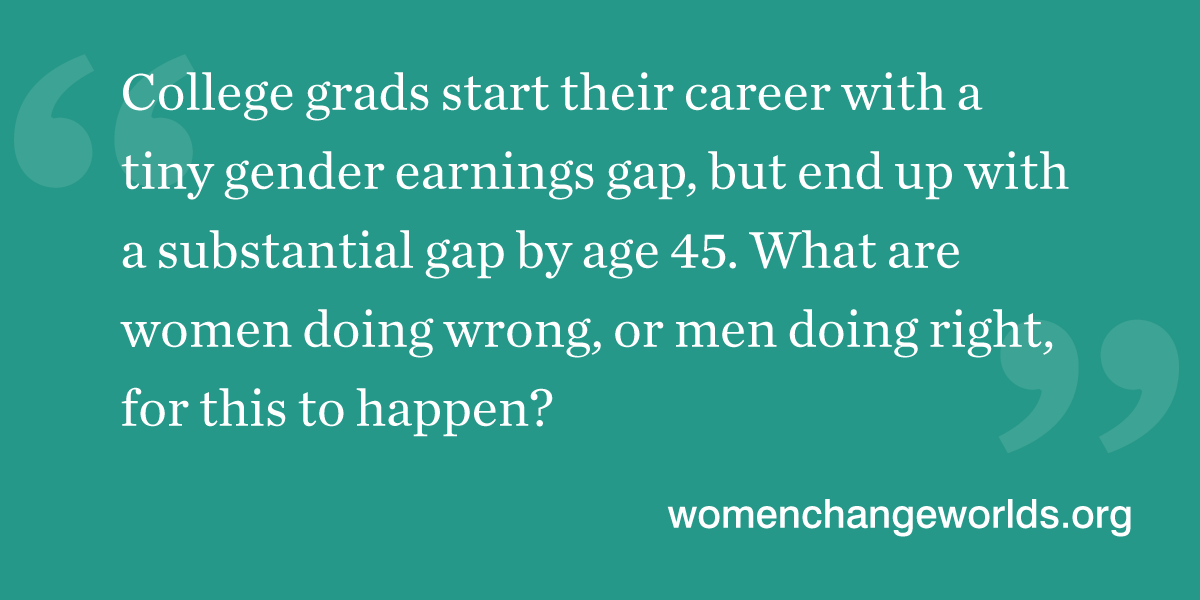 Another expensive “choice” women make is motherhood. Women are more likely to
Another expensive “choice” women make is motherhood. Women are more likely to 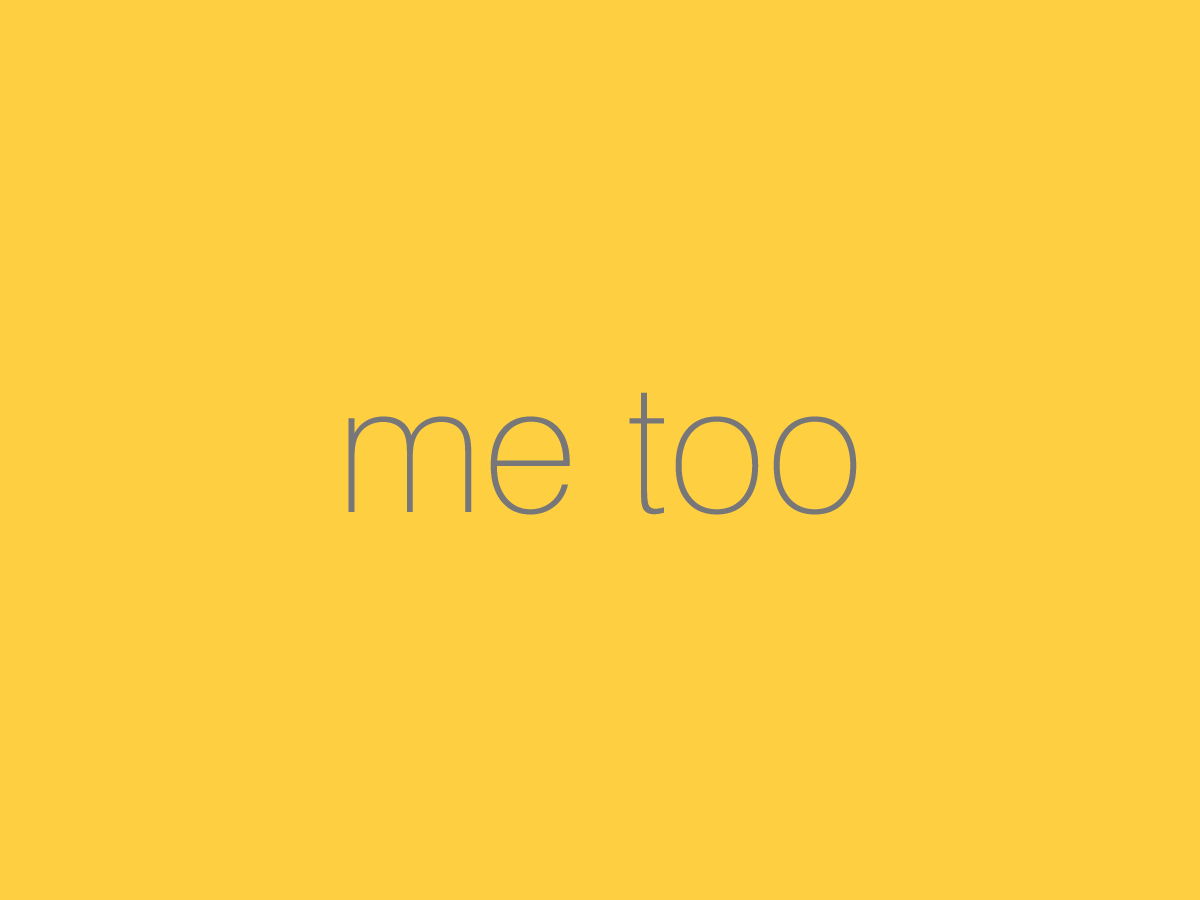 I applaud the strength and solidarity of the women (and men, too) who are asserting with the hashtag
I applaud the strength and solidarity of the women (and men, too) who are asserting with the hashtag 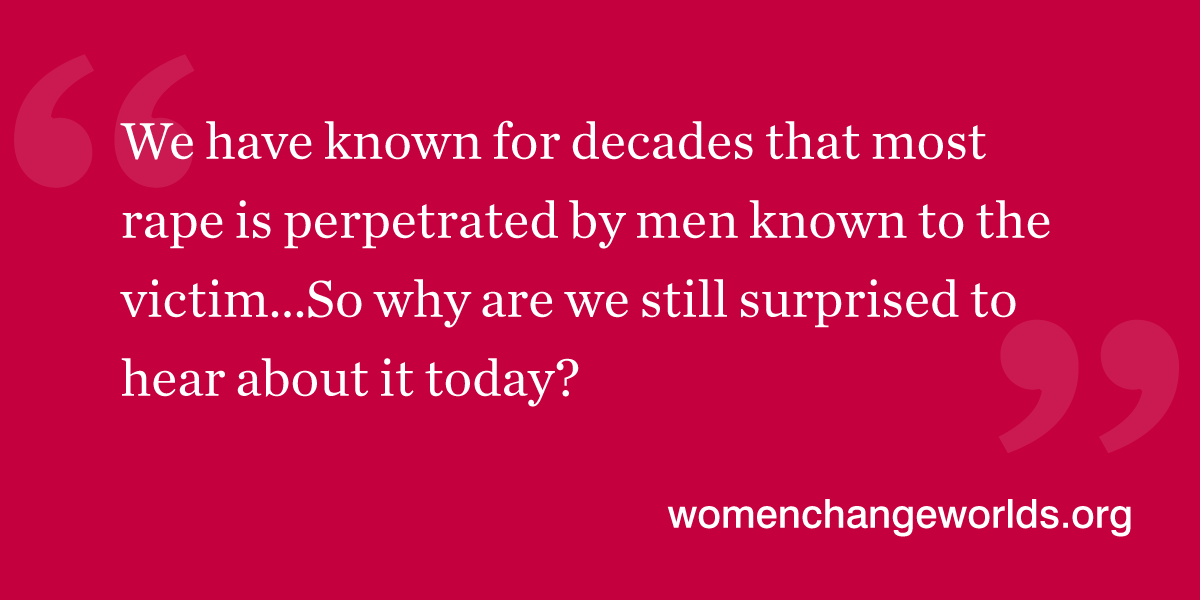 We must remember it is not only Hollywood producers who sexually assault and not only young actors who are the victims. The rapists and perpetrators of sexual assault include:
We must remember it is not only Hollywood producers who sexually assault and not only young actors who are the victims. The rapists and perpetrators of sexual assault include: